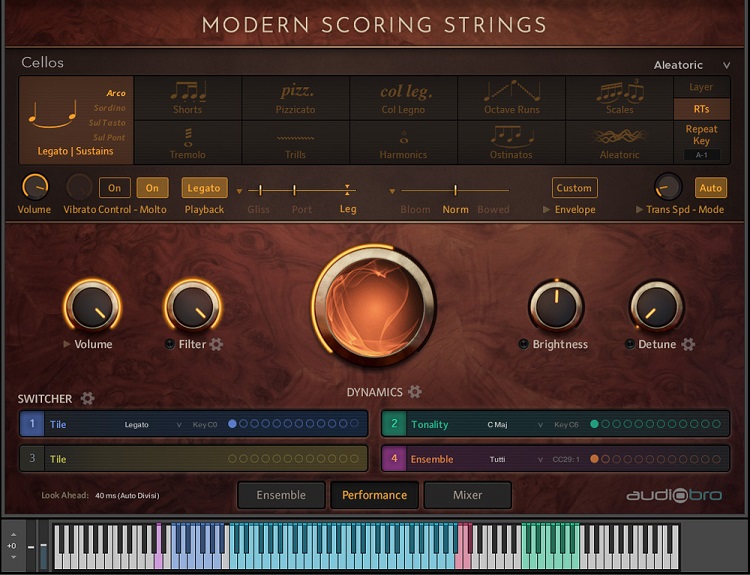
- DYNAMIC PHOTO HDR MAC TORRENT HOW TO
- DYNAMIC PHOTO HDR MAC TORRENT UPGRADE
- DYNAMIC PHOTO HDR MAC TORRENT PRO
- DYNAMIC PHOTO HDR MAC TORRENT SERIES
This limits how much of the dynamic range of the real world can be shown before everything begins to looking flat and washed-out, or tips over into the hyper-real look of aggressively tone-mapped HDR images. HDR in stillsĪt present, the JPEGs produced by cameras are designed with the expectation they'll be viewed on standard definition displays. But this one has a more direct benefit for photographers.
DYNAMIC PHOTO HDR MAC TORRENT UPGRADE
There's scope for cynicism here: we've just watched a wave of enthusiasm for 3D movies and TVs surge and ebb, so it's no surprise that there's another technology rushing towards us, in the hope it drives us to all upgrade our TVs to the latest spec.
DYNAMIC PHOTO HDR MAC TORRENT HOW TO
Ultra HD Blu Ray discs get round the problem of how to accommodate SDR viewers by providing a standard Blu Ray disc alongside the HDR 4K version (HDR 10 in this instance) This was necessary since broadcasters have to deliver the same signal to everyone. Hybrid Log Gamma was developed by broadcasters and is designed so that it looks good on an SDR display, but looks better on HDR screens. This means they don't have to be cross-compatible with older, SDR screens. HLG was developed by broadcasters to look good on an SDR display, but better on HDR screensĭolby Vision, HDR10 and HDR10+ are being used to various degrees by content streaming services, where it's possible to deliver different streams to users whose systems can report that they're HDR compatible and those that aren't. There's also the more simplistic Hybrid Log Gamma, which is the one you're most likely to have already heard of.
DYNAMIC PHOTO HDR MAC TORRENT SERIES
The push toward HDR TV has spawned a series of standards, from the sophisticated Dolby Vision to the less ambitious HDR10, via HDR10+, which sits somewhere in between.

The latest HDR TVs allow us to gain this same experience in the home. Directors and DoPs are increasingly shooting and grading their movies to utilize the wider dynamic range offered by modern cameras and displays. This capability has already been exploited in cinema. And, crucially, this isn't about eye-catching effects, it's about representing the world more realistically. But a new generation of displays: OLED and other high-end TVs and many mobile devices, are able to display a wider range of tones than before. What we currently think of as HDR images are usually high dynamic range scenes tone-mapped to fit into the constraints of standard dynamic range (SDR) displays and print. This means they can show a more convincing representation of the real world, but requires content that makes use of this possibility. The technologies that make this possible are displays that can achieve a wider color gamut, a greater maximum and minimum brightness than conventional displays, and that can show more subtle gradations of tones from this brightest point down to black. However, it's impossible to convey the capabilities in a JPEG image, viewed on an SDR display, so all we can do is try to maintain the distinction between the sky and foreground. On an HDR monitor, capable of brighter whites and darker blacks, the shadow region would be brighter and able to express more contrast, while the sky would be brighter still and more distinct from the foreground, just as it would be in the real world. Give a finishing touch to your image, when a photo has been treated with tone mapping, the Finishing Touch panel enables a user to increase the contrast of the image, adjust the saturation of individual colours and sharpen it.This is a necessarily limited representation of the difference between SDR and HDR images, constrained by your SDR display.If you are processing images in batch, then you can use Fusion/Realistic, an additional method which provides natural looking interiors with bright windows.There are four ways available to use Exposure Fusion: Fusion/Natural, Fusion/Auto, Fusion/Intensive, and Fusion/2 images.It also has automatic ghost removal tool. You can also use the lasso tool to select the ghosted areas and make changes on an image. It offers a selective deghosting tool for effective removal of “ghosts” in dynamic scenes.Let’s take a look at the features of Photomatix Pro: It offers two ways for Tone Mapping one being Details Enhancer, based on a local operator, and other is Tone Compressor, based on a global operator.

It provides you with an option for automatic image alignment for the images taken without a tripod.
DYNAMIC PHOTO HDR MAC TORRENT PRO
Photomatix Pro is one of the best batch processing HDR software available for Windows and Mac.


 0 kommentar(er)
0 kommentar(er)
